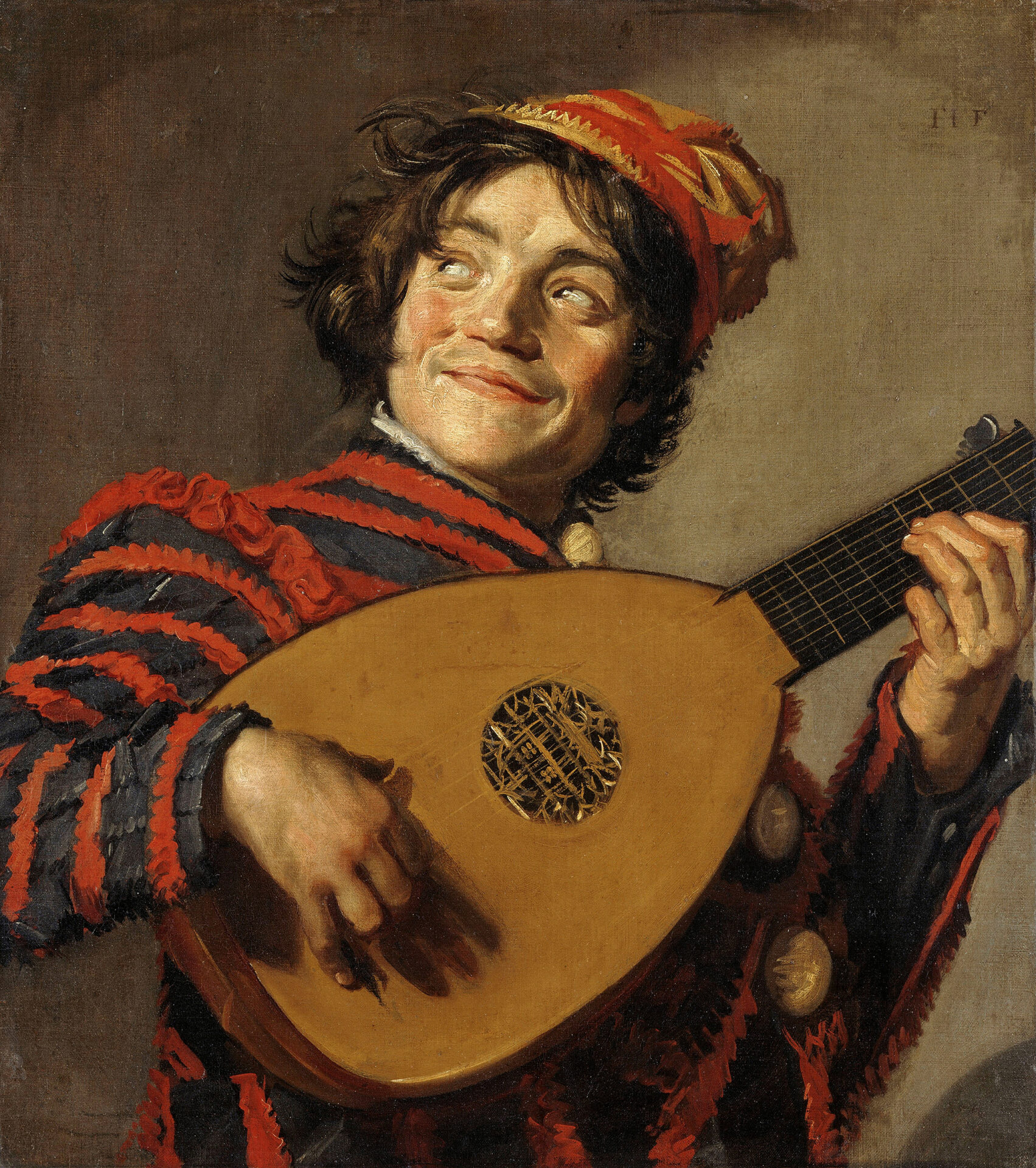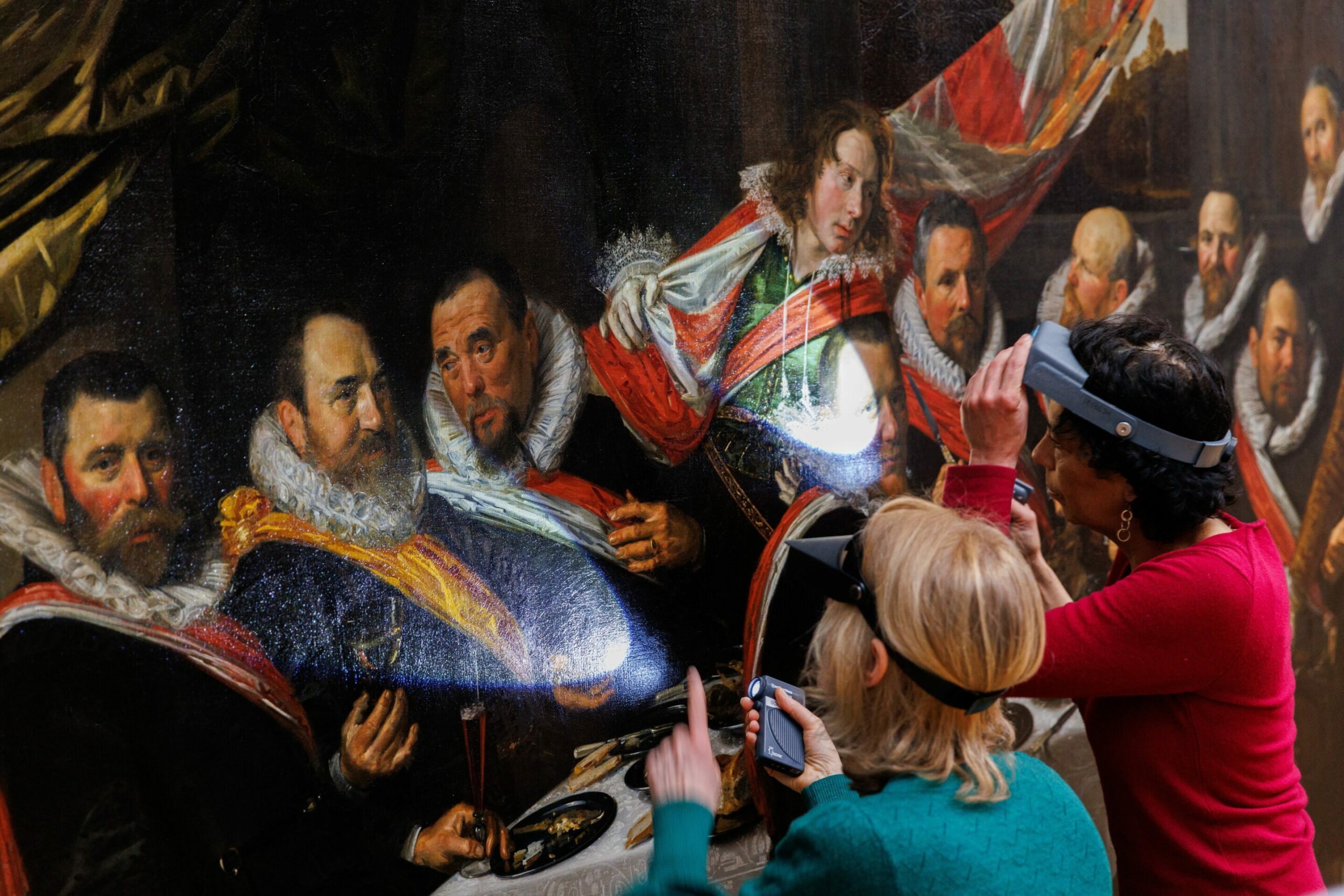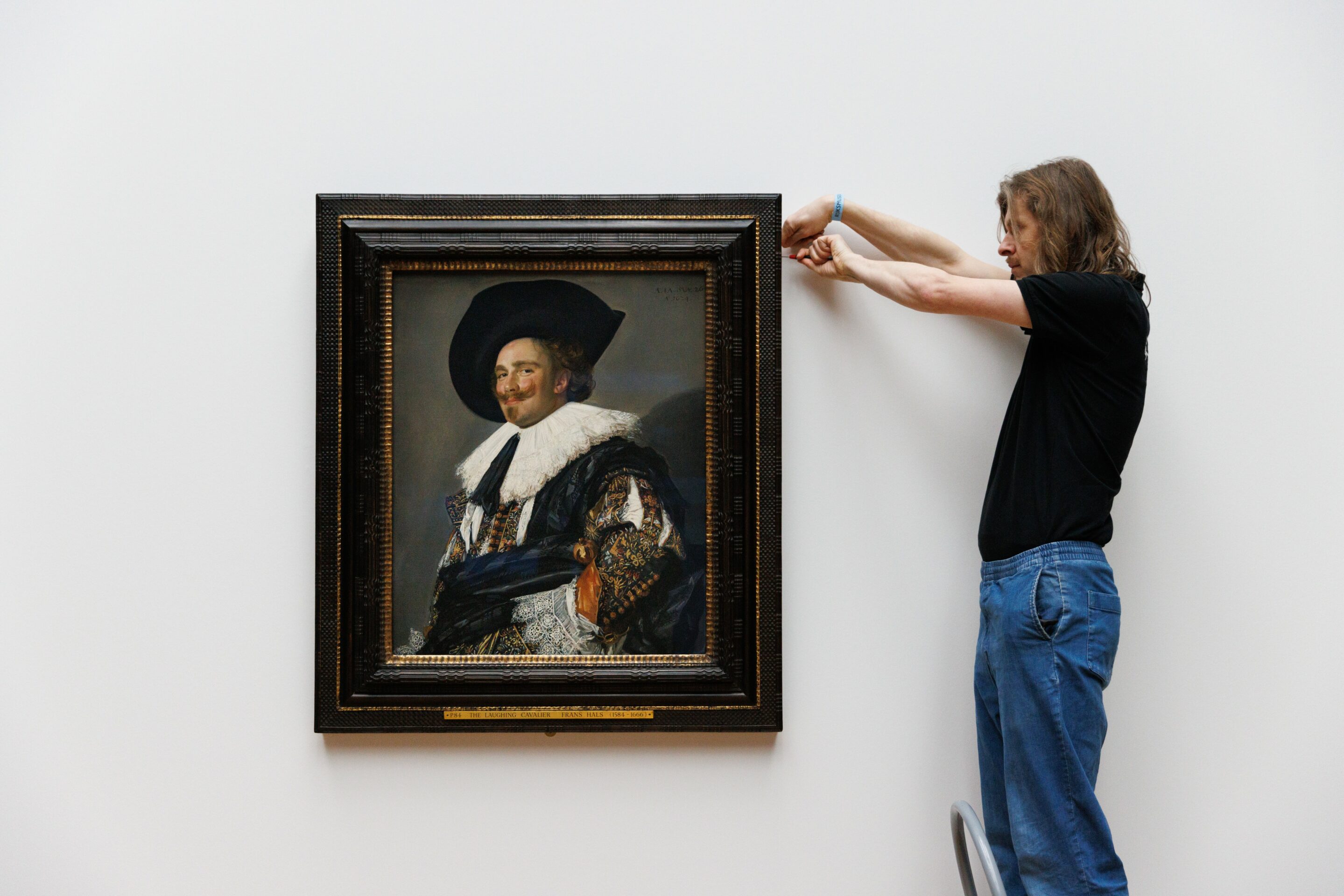Frans Hals is today rated as one of the finest painters of the Dutch Golden Age, his virtuoso brushwork creating vibrant characters on the canvas. As a major retrospective opens in the Rijksmuseum in Amsterdam today, his portraits are set to win him further recognition as one of the leading cultural figures of the era.
Yet the Dutch Master was originally from Flanders, arriving in the Netherlands as a child refugee fleeing war and persecution. Born between 1582 and 1584, Hals was likely just three years old when Antwerp, his home town, was besieged by the army of Habsburg Spain during the Eighty Years’ War.
At the time, Antwerp was the commercial and cultural epicentre of the Seventeen Provinces, which included both Flanders and the modern-day Netherlands. The siege came less than a decade after the so-called Spanish Fury, in which Spanish soldiers plundered and burnt the city, killing thousands. When Spain finally crushed the Protestant rebellion, Antwerp was a shadow of its former self.
The Hals family fled north and settled in Haarlem, a city just 20km west of Amsterdam and 10km from the sea, where half of its residents were outsiders – mostly refugees from the south. It was here that Hals would remain for most of his life. "Many of the people he portrays in his portraits are also Flemish immigrants. He is always looking for that Flemish connection," said Tamar van Riessen, the co-curator of the Rijksmuseum exhibition.

The Lute Player, about 1623, Oil on canvas, 70 × 62 cm, Musée du Louvre, Paris, Paintings Department (RF 1984 32) Selected literature
Hals returned to Antwerp in 1616 for a few months, although not much is known of his time there – he left no papers, letters or even sketches. However, his time in the city coincided with the prime years of Rubens and Jacob Jordaens. He almost certainly encountered them, and their influence is reflected in Hals’s paintings.
"Some of his style is reminiscent of Flemish painters like Frans Snyders or Rubens and they influence the way that he approached his work," says van Riessen, pointing to the Hals double portrait of the Isaac Abrahamsz Massa and Beatrix van der Laen as visibly influenced by the portrait Rubens did of himself and his wife a few years earlier. "There are a lot more similarities than one might first assume," she says.
Hals broke with convention in how he captured true expressions, using a raw, brisk and spontaneous style to portray the soldiers, merchants and aristocrats he was commissioned to paint, as well as the colourful characters he saw on the streets of Haarlem.

Condition Check of the Banquet of the Officers of the St George Civic Guard, Frans Hals Museum, Haarlem. Credit: Rijksmuseum / Kelly Schenk
He was ranked alongside Vermeer and Rembrandt at the time but then fell out of favour until the mid-19th century, when he became a major influence on the Impressionists, like Édouard Manet. "They were breaking the rule of art themselves," says van Riessen. "They saw Hals as a kind of antihero who was doing the same two centuries prior. People came by steam train to Haarlem to see his works. Van Gogh said there was not one shade of black with Hals but 27."
The Rijksmuseum exhibition features 48 works, including many never lent before and masterpieces from private collections – like The Laughing Cavalier (1624), a Hals painting that has not left London’s Wallace Collection since 1870. It also reunites some paired portraits of husbands and wives that were separated for decades, if not centuries. And it includes massive group portraits, including the tableau Banquet of the Officers of the St George Civic Guard (1627), of a militia group formed of the grandees of Haarlem.
Many of the paintings were previously on show at the National Gallery in London, where they were displayed in chronological order. The Rijksmuseum arranges them around themes: smiles and laughter, family, solo male subjects, small paintings, group portraits and pendant paintings. The Dutch audio by Belgian actor and TV presenter Tom Waes, while British actress Joanna Lumley does the English.

Exhibition Frans Hals in Amsterdam opens on Friday 16 February. Credit: Rijksmuseum / Albertine Dijkema
"With Frans Hals, the brushstrokes dance across the canvas. When you see his paintings, you smile," said Rijksmuseum Director General Taco Dibbits. "He has a photographic eye - but he paints movement, and there is nothing more difficult than capturing movement."
'Frans Hals' is at the Rijksmuseum in Amsterdam opens on 16 February 2024 and closes on 9 June. An expanded collection of 17 Frans Hals paintings, meanwhile, is also on show at the Frans Hals Museum in Haarlem.

